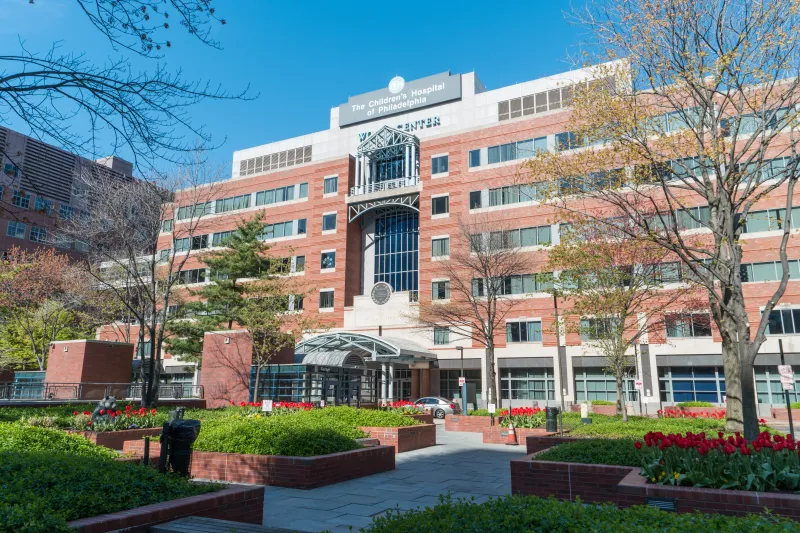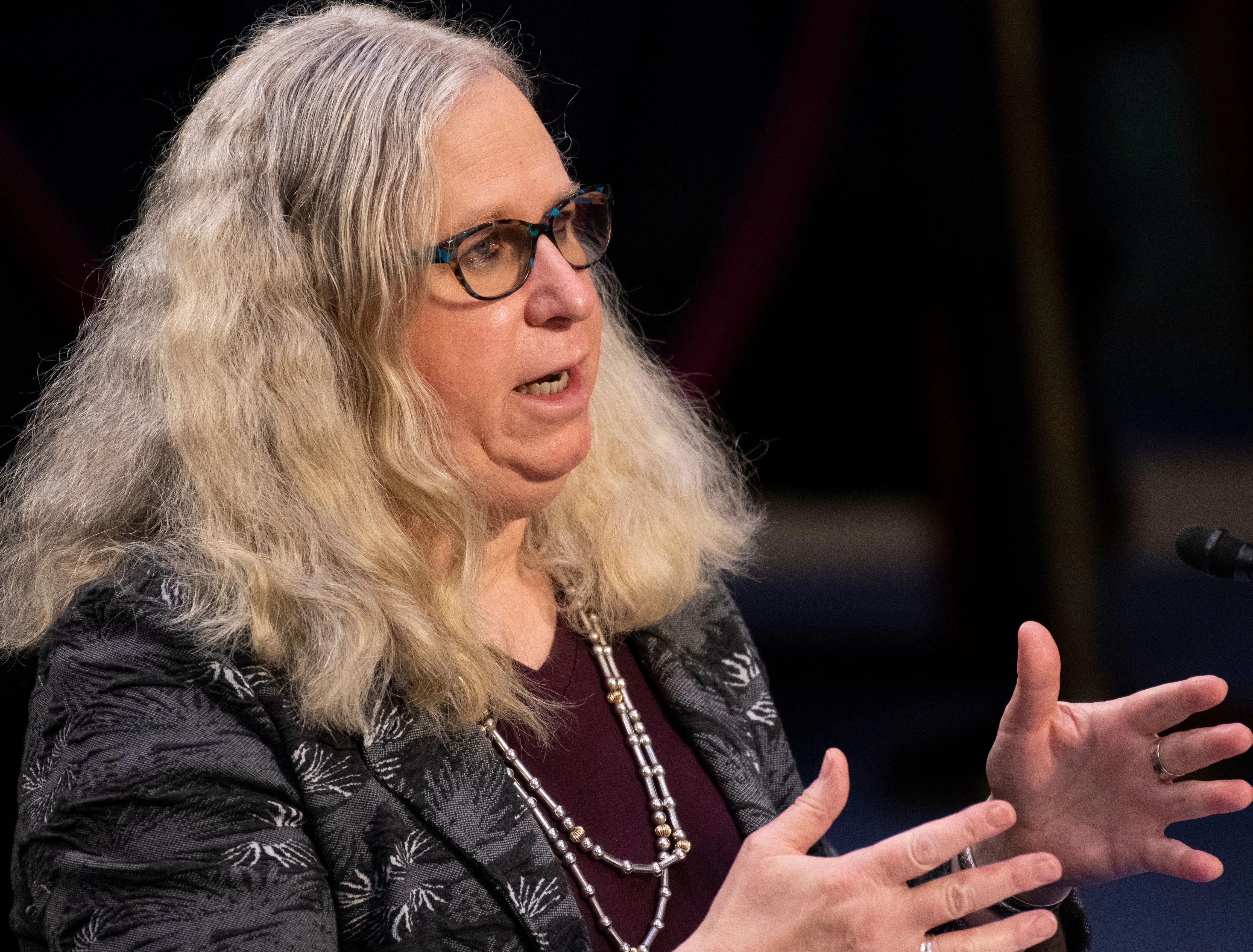
National Catholic Register, Feb 17, 2024 / 18:35 pm (CNA).
In a significant setback for the Synodal Way project in Germany, the German bishops will not be voting on a step toward a forbidden “Synodal Council” at their upcoming plenary assembly at the Vatican’s request.
German Bishops Conference (DBK) spokesman Matthias Kopp confirmed on Feb. 17 that the bishops have removed a vote on endorsing a committee that is preparing the Synodal Council, a mixed body of laity and bishops that would govern the Church in Germany, from the agenda of their Feb. 19-22 meeting in Augsburg.
The development comes after the DBK received a letter from the Vatican on the same day.
“This letter requests that the General Assembly — also due to upcoming discussions between representatives of the Roman Curia and representatives of the German Bishops’ Conference — not vote on the statutes of the Synodal Committee,” Kopp told Germany’s Catholic News Agency (KNA).
Although it had not been explicitly on the publicly available agenda of the DBK assembly, a vote on approving the committee preparing the Synodal Council had been widely expected to take place in Augsburg.
The DBK’s co-sponsor of the Synodal Way, the Central Committee of German Catholics lay lobby (ZdK), had previously approved the statutes of the preparatory committee on Nov. 25, and is likely to harshly criticize the bishops for not following suit.
The removal of the vote on the synodal committee from the bishops’ agenda marks perhaps the first time that Vatican pressure has caused the DBK to balk from moving forward with a Synodal Way priority since the alleged reform effort began in 2019.
Of all the Synodal Way’s priorities, the Vatican has been particularly critical of the Synodal Council. In January 2023, the heads of three Vatican departments wrote to the DBK criticizing the proposed council as incompatible with Catholic ecclesiology, emphasizing that neither the bishops nor the Synodal Way had any authority to establish it.
More recently, Pope Francis wrote a private letter to four German Catholic laywomen, describing the preparatory committee, and not just the Synodal Council, as one of “numerous steps being taken by significant segments” of the Church in Germany “that threaten to steer it increasingly away from the universal Church’s common path.”
The committee, which claims Germany’s 27 ordinaries among its members, held its first meeting November 10-11, but eight bishops were absent, with four of them rejecting the committee outright.
Those four — Cardinal Rainer Woelki of Cologne, Bishop Stefan Oster of Passau, Bishop Rudolf Voderholzer of Regensburg, and Bishop Gregor Hanke of Eichstätt — had also voted in June to block financing for the committee from a common inter-diocesan fund.
As indicated in the Vatican’s letter, representatives of the DBK and the Roman Curia are expected to continue their series of meetings on the Synodal Way. The first occurred in July in Rome, and German bishop participants in the October Synod on Synodality assembly also met with Vatican leadership at the time.
In an exchange with the National Catholic Register last week, Kopp would not confirm that the DBK representatives and the Vatican had met in January, as was previously publicized, but disclosed that more meetings between the two parties are expected to take place.
If you value the news and views Catholic World Report provides, please consider donating to support our efforts. Your contribution will help us continue to make CWR available to all readers worldwide for free, without a subscription. Thank you for your generosity!
Click here for more information on donating to CWR. Click here to sign up for our newsletter.






Just had a bad dream out here in the periphery…
WHAT IF it’s not so much that the Catholic Church in Africa is a cultural “special exception,” but RATHER that the unintended outcome is that the “one, holy, catholic and apostolic Church”, itself, is also a culture-bound exception?
WHAT IF God does not actually talk to people?
WHAT IF even the spoken and incarnate Word is also only a cultural artifact? An obsolete example of merely Greek and European logic? Likewise, all of the other “backwardist” hangups? Not even the hypostatic union of Jesus the Christ, but in practice only Jesus the concrete role model stripped of all that pointy-headed superstructure stuff? SURELY the exception of der Synodal Weg (analogous to the opposite Latin Mass or African exceptions!) wouldn’t want to derail this trajectory toward a polyglot/non-sacramental consensus? Assuredly “not a parliament”, but also not oppositely “sent” (apostello)?
WHAT, then, is the latest word (!) from the synodal Cardinal Hollerich, who already let the cat out of the bag by effusing that the Church’s teaching on morality is obsolete, lacking a “sociological cultural [!] foundation”? https://www.newwaysministry.org/2022/02/04/leading-cardinal-in-synod-seeks-change-in-church-teachings-on-homosexuality/…In a later INTERVIEW with The Pillar, Hollerich further revealed (a revelation!):
“In Japan, I got to know a different way of thinking. The Japanese don’t think in terms of the European logic of opposites. We say: It is black, therefore it is not white. The Japanese say: It is white, but maybe it is also black. You can combine opposites in Japan without changing your point of view.” https://www.pillarcatholic.com/p/who-is-cardinal-hollerich.
Doctrine, what doctrine?
Just had a bad dream out here in the periphery…”only this and nothing more” (The Raven, by Edgar Allen Poe).
Four courageous bishops. TBTG.